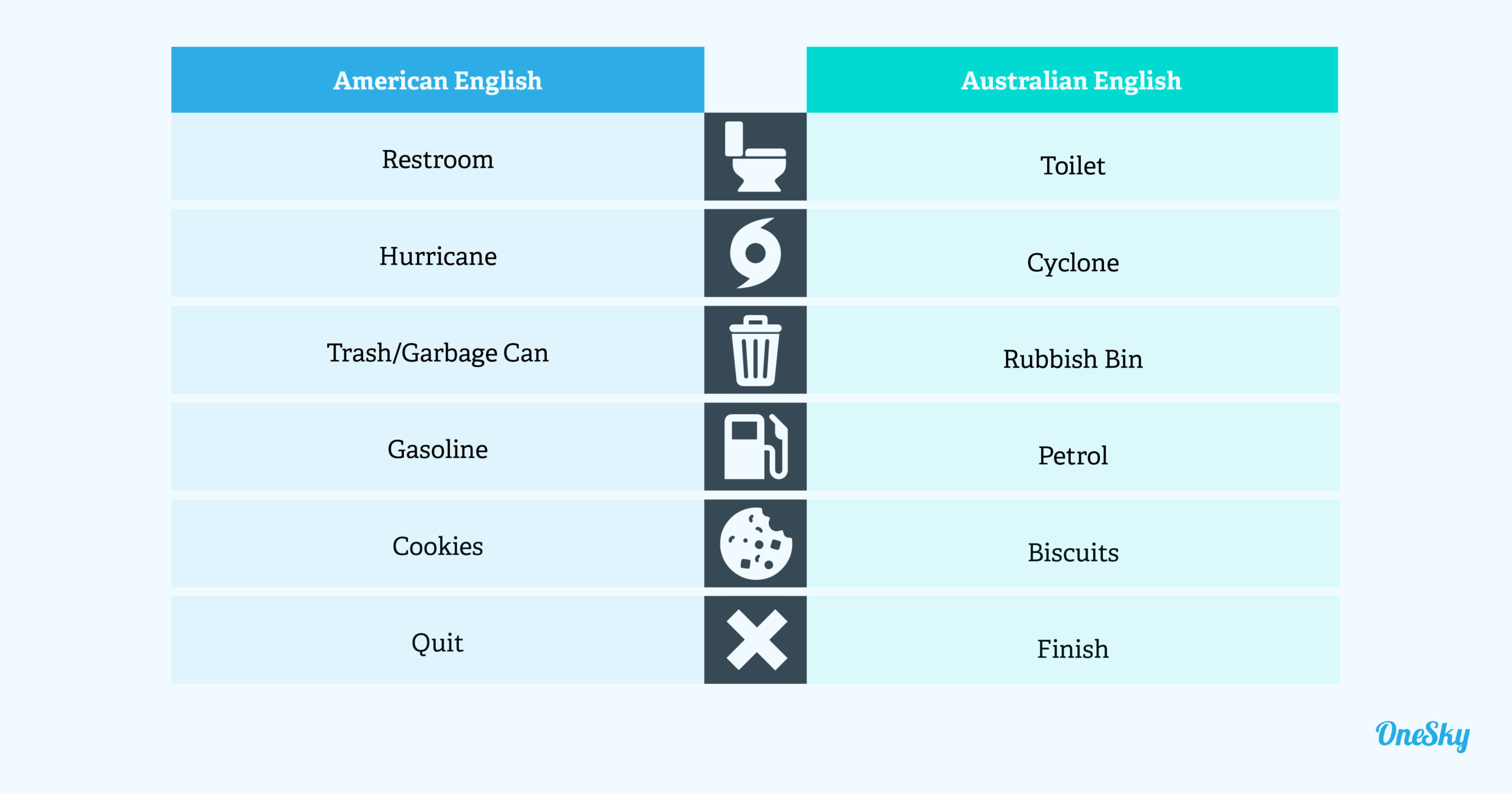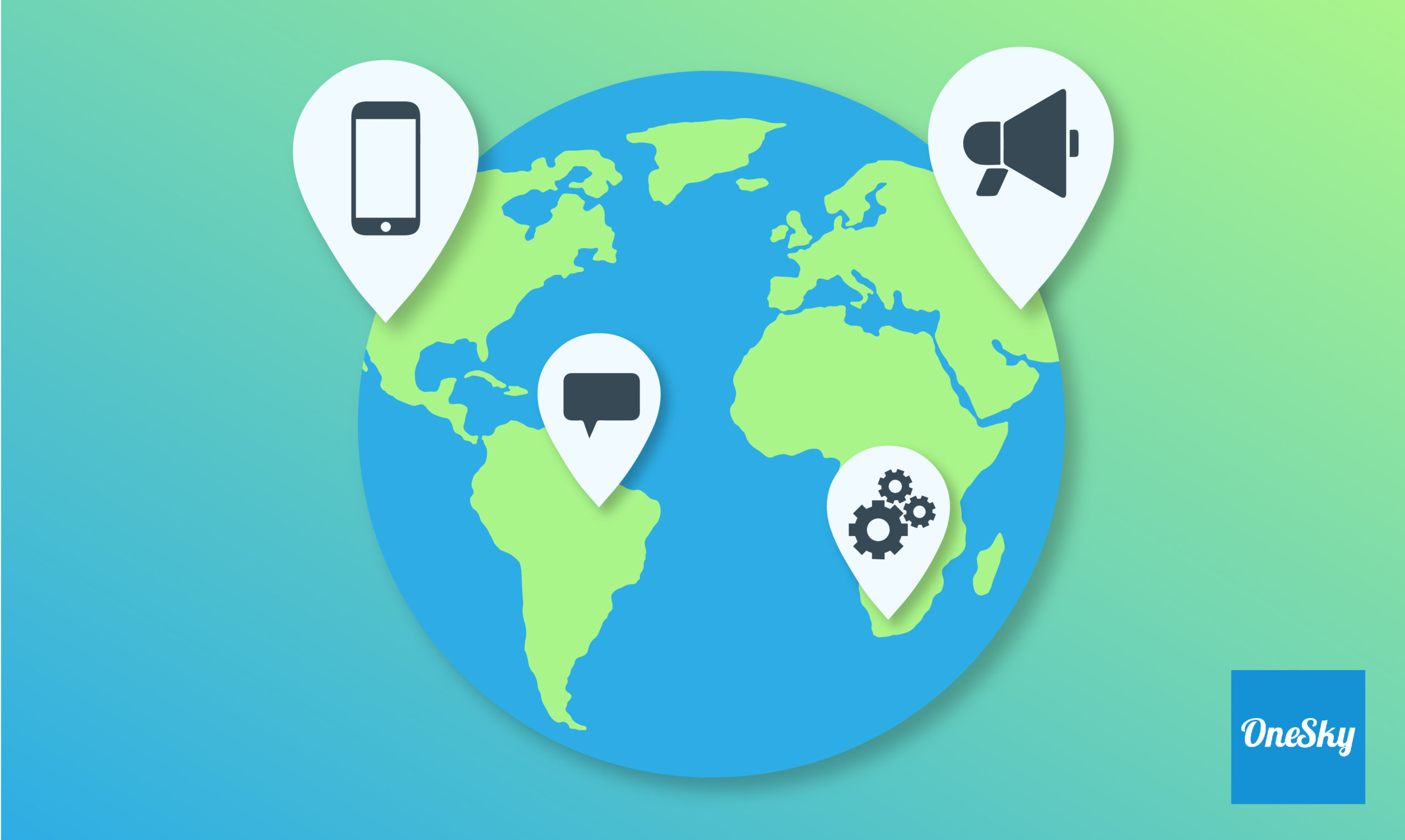Localization Statistics: All the Facts and Figures You’ll Ever Need
There are 4.72 billion internet users around the world.
And you may be surprised to find out that only 25.9% are English speakers, and just 313 million are in the U.S.
Is your website, content, or mobile app catering to audiences around the world?
Localization, also known as l10n, opens up the vast opportunities presented by the fast-growing global marketplace. It allows you to reach more customers, build your brand presence, and increase sales.
Wondering if localization is worth the investment? What brands are doing to make the most of localization? Is localization really the key to global business success? What are the consequences of not jumping on the localization bandwagon?
Here are the latest localization stats to get all your questions answered.
Key Localization Statistics You Need To Know
If you aren’t localizing your content, you’re leaving money on the table. These localization stats and facts will help direct your localization effort.
Localization Is a Booming Industry
- The global language services industry is forecasted to grow by $5 billion, reaching $56 billion in 2021. It is expected to achieve a compound annual growth rate (CAGR) of 5.3% from 2021 to 2026.
- Language translation services, a key component of localization, employ 56,920 interpreters and translators in the U.S.
- While English is spoken by around 75 billion people worldwide, it’s the first language of fewer than 400 million people.
- Although 52% of all websites are in English, it only reaches 25% of all internet users. Localization can help you reach more prospects and stay ahead of your competitors.
You Have to Speak Your Customers’ Language
- 55% of global consumers would only purchase from websites that provide product information in their own language.
- 72% of shoppers are more likely to buy from sites written in their native language.
- 87% of customers would not buy from an English-only website.
- Even among those proficient in English, 65% prefer to read content in their local language.
- 44% of internet users in the EU worry that they may miss out on critical information if the content isn’t delivered in their local language.
- 64% of buyers value localized content.
- 56% of shoppers rate the ability to obtain product information in their preferred language to be more important than price.
- People are reluctant to buy if they don’t understand your content. Speaking your audience’s language is the key to building trust and driving sales.
Localization Statistics Say… the Proof is in the Pudding

- An app that fails to localize for a local audience can lose up to 13% of users.
- 90% of online shoppers choose to use their native language if it’s available.
- 41% of prominent brands have at least one local country page.
- Local Facebook pages get as much as 50% higher engagement.
- Almost half of marketers say geo-targeting yields the highest ROI for their ad spend.
- Geo-targeted content can engage an audience 6 times more effectively, compared with posts shared globally.
- 75% of customers are more likely to buy from a brand again if post-sale support is delivered in their native language.
- Localization can increase search traffic by 47%, boost website visits by 70%, and increase conversion rates by 20%.
- 86% of localized advertising campaigns yield higher click-through and conversion rates compared with their English counterparts.
- 7 out of the 10 top iOS markets and 9 out of 10 top Google Play markets are non-native English locales.
You Should Know: Localization is More Than Translation
- Localization involves adapting products, content, and user experience to a specific geographic region. It has to address local culture, consumer preferences, measurement units, currency, legal requirements, and more.
- You need to localize your website or app even for different English-speaking countries. Do you write “localization” or “localisation”? Are you selling a torch or a flashlight? Do you drive a truck or lorry?
- Take l10n all the way to the bank! Form fields (e.g., addresses), payment methods, currencies, date/time format, and everything else customers encounter along the transaction process can impact your conversion rates if not localized properly.
- Provide translators with context to ensure that the appropriate local expressions are used.
- 50% of all Google queries are in languages other than English, so don’t forget SEO. Research the relevant keywords people use in each region.
- People in each locale talk about the same thing differently, even if they speak the same language. Shoppers in the U.S. search for a sweater, those in the UK google “jumper.” Americans take a vacation, the Brits go on holiday.

Meet L10n’s BFF: I18n
- L10n goes hand-in-hand with internationalization, also called i18n. Simply put, i18n lays the technical framework for a website or app, providing a container for localized content. Internalization involves changing the source code while localization doesn’t.
- Hreflang tags should be applied to your URLs to let search engines know what language the website is in.
- Your site should be coded in Unicode (UTF-8), which covers most languages. It can resolve almost all language-related compatibility issues.
- Internationalization isn’t just about programming. Translators should know how to work with strings, so developers don’t have to break them each time the content is localized for a new country.
Pro Tip: Don’t Overlook Design Considerations
- Not all languages require the same amount of space on a page. For example, Finnish can take up 40% more space than English, while Italian may use 15% less space. Leave enough room in your design so text areas can contract and expand without breaking the page.

- Not all languages read from left to right. For example. Arabic goes from right to left. If your design doesn’t have the flexibility to accommodate these variations, you may run into costly fixes later.
- Take stock of elements that may affect how a page looks, such as navigation items, dropdown menus, call-to-action buttons, form fields, and dynamic texts.
- Consider the palette of your website, app, etc., since different colors may have different connotations in different cultures.
- Use photos and images that resonate with the local audience, such as images with models and backdrops that visitors can relate to.
Localization Statistics in China, the World’s Most Lucrative Market
- China has 989 million internet users and accounts for 40% of mobile app spending.
- The country’s eCommerce market has been growing at an annual rate of 22.5%, reaching a market size of $1.8 trillion.
- There are one billion mobile devices in China, which accounts for 25% of the global revenue generated through app stores, in-app ads, and mobile commerce.
- 95% of Chinese online shoppers express a greater comfort level with websites written in their language.
- 92% of the most popular iPhone apps in China are in Chinese.
- China is one of the hardest markets to crack thanks to the “Great Firewall of China.” Brands must comply with many local regulations while navigating the unique culture.
But Don’t Forget the Rest of the World
- Besides Mandarin Chinese, the most spoken languages include Hindi, Spanish, French, Arabic, Bengali, Russian, and Portuguese.
- China has the most internet users, followed by India, the U.S., Brazil, Japan, and Russia.
- 41% of the total global app revenue comes from Asia. North America is responsible for 31%, and Europe accounts for 23%.
- Explore and engage with new audiences in emerging markets in Africa and the Asia-Pacific regions. The total value of eCommerce in Africa is projected to reach $29 billion by 2022.
- Don’t overlook customers in regions where English is commonly used. Even in Sweden, a country with a high level of English proficiency, 80% of online shoppers prefer to do business in their native tongue.
Unlock the Global Market with Localization
As you can see from these localization statistics, the practice of localization is the key to unlocking the vast potential of the fast-growing global marketplace.
To manage the many components involved in localization, you need an experienced partner and all-in-one platform to ensure that all the moving parts are addressed. With OneSky, you can translate, localize, and test your websites and apps in 50+ languages all in one place.
See how our translation management platform can help you streamline your localization effort and get started for free today.



 Written by -
Written by - 




 Written by
Written by 



1 Response
[…] Source: One Sky […]